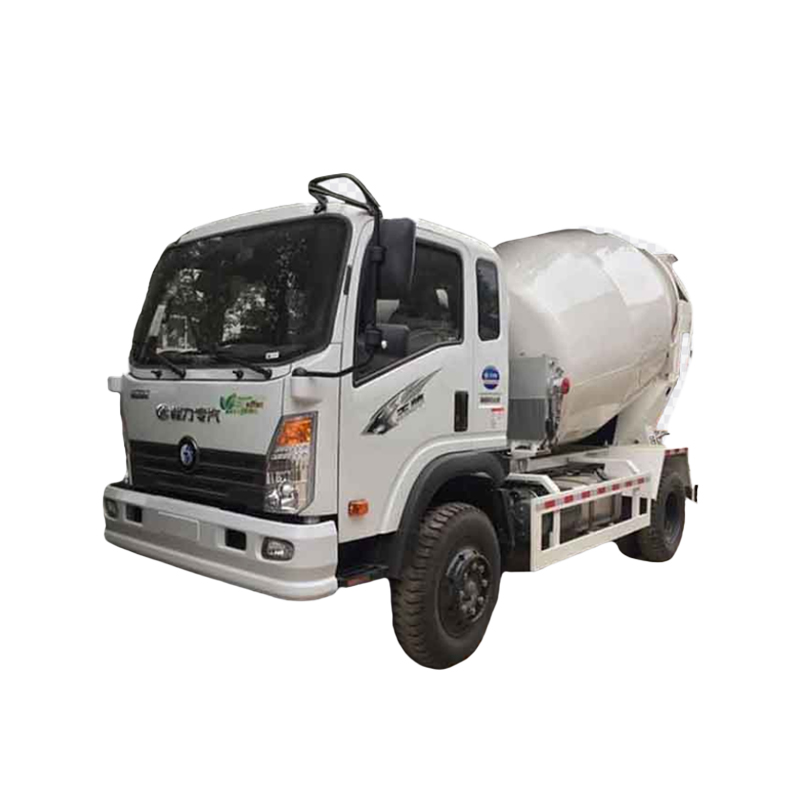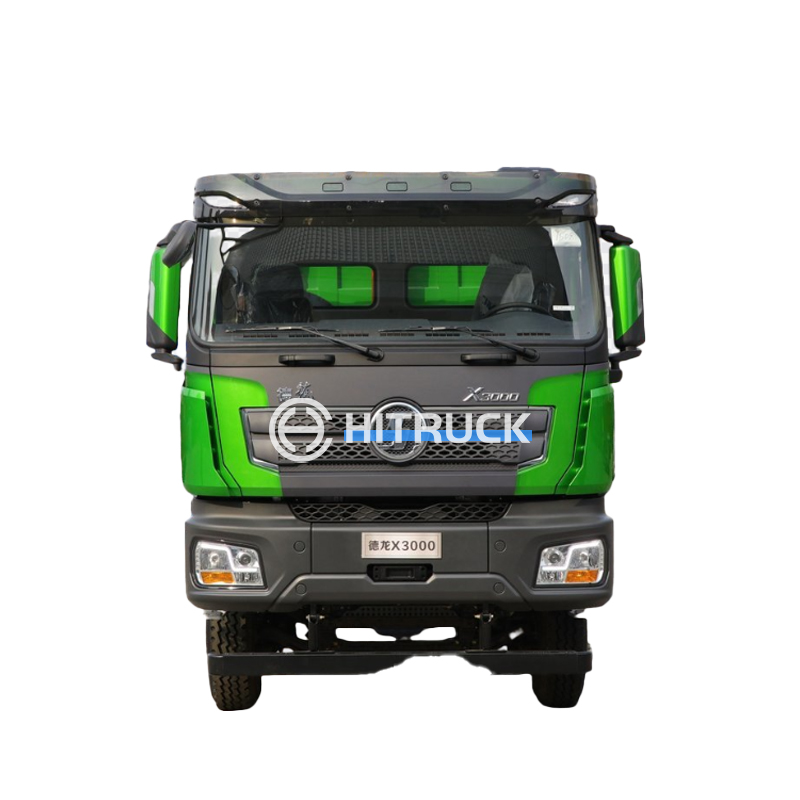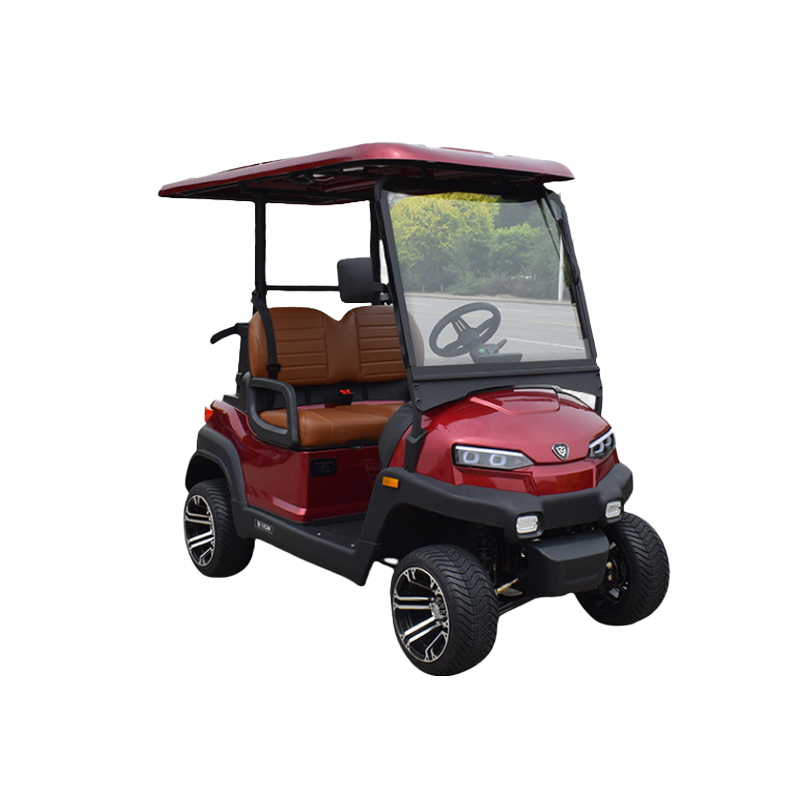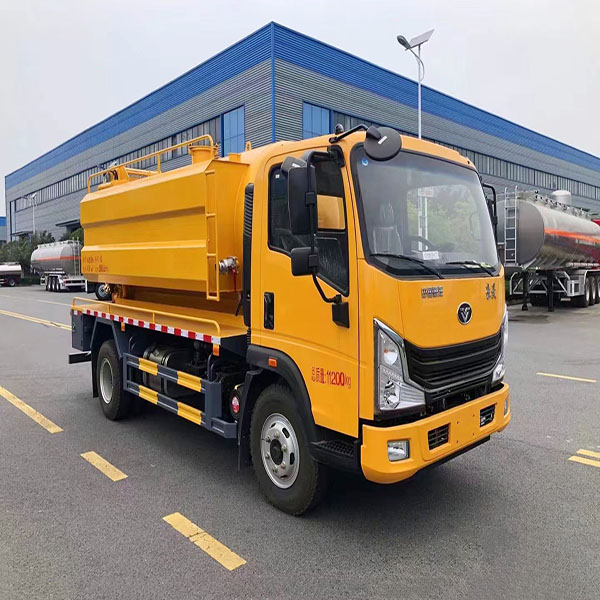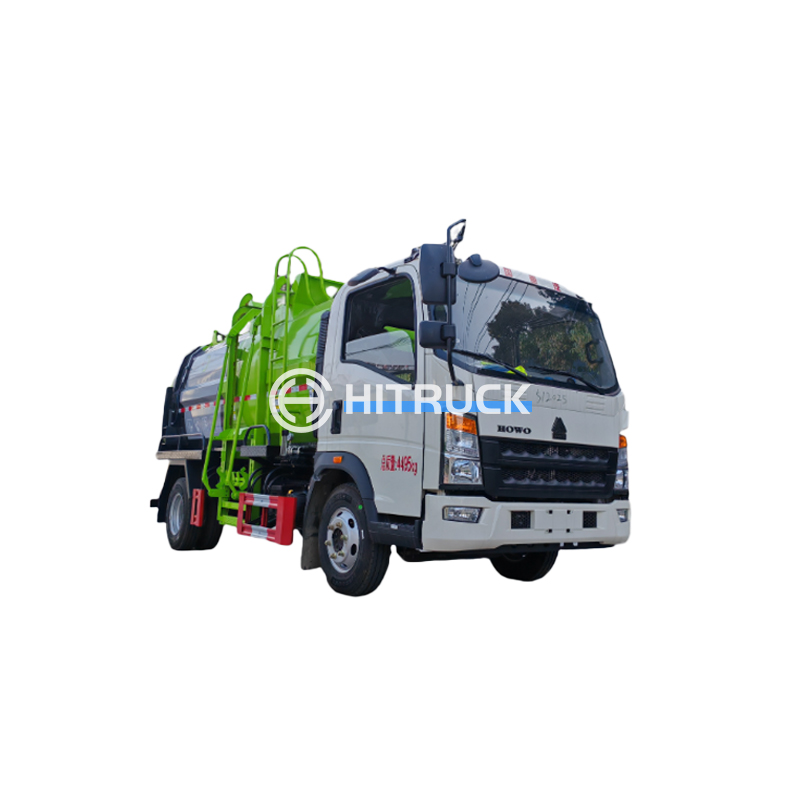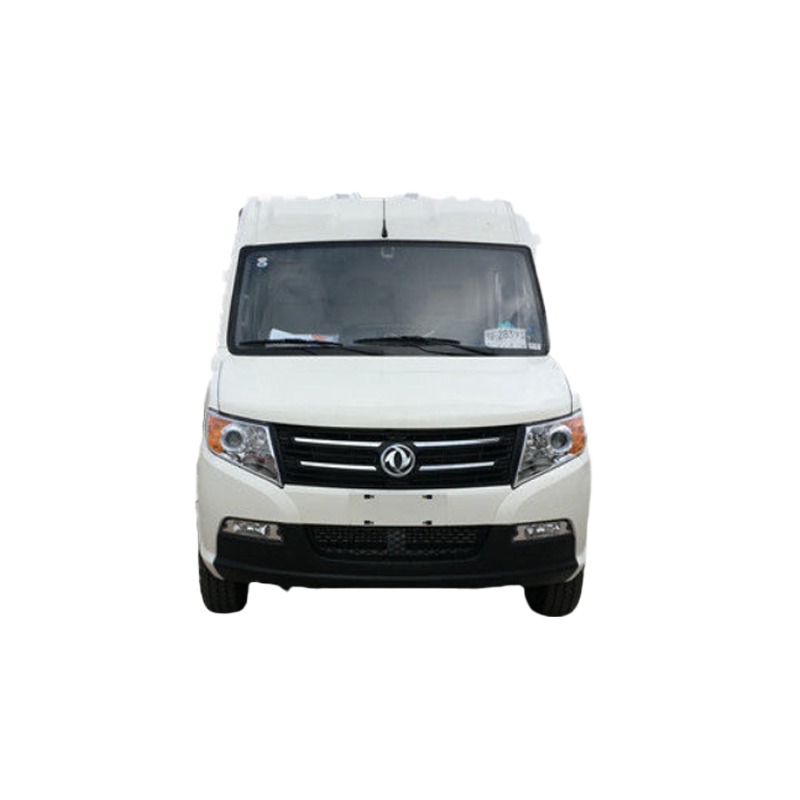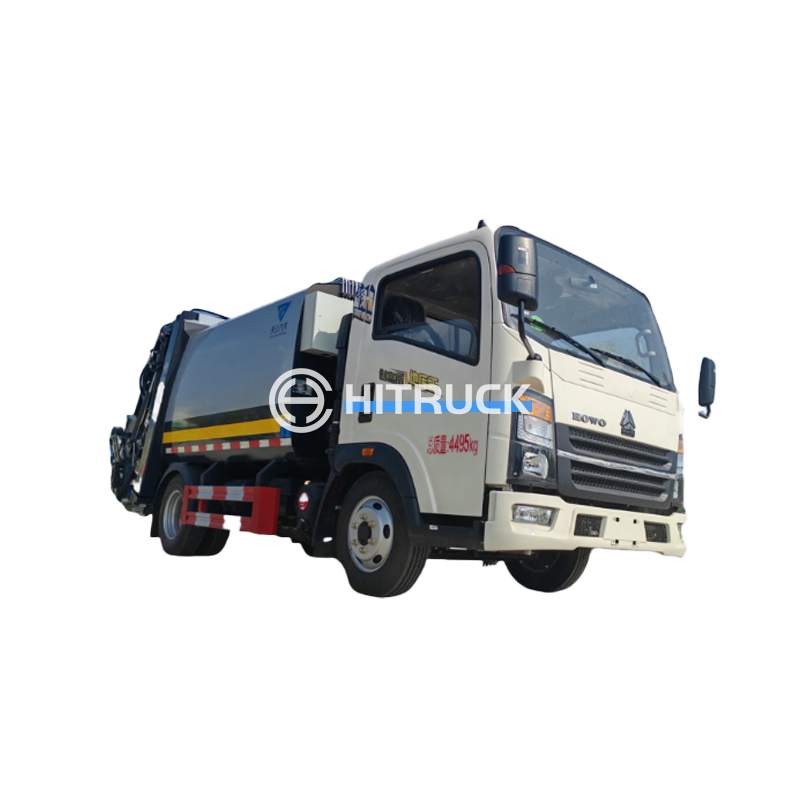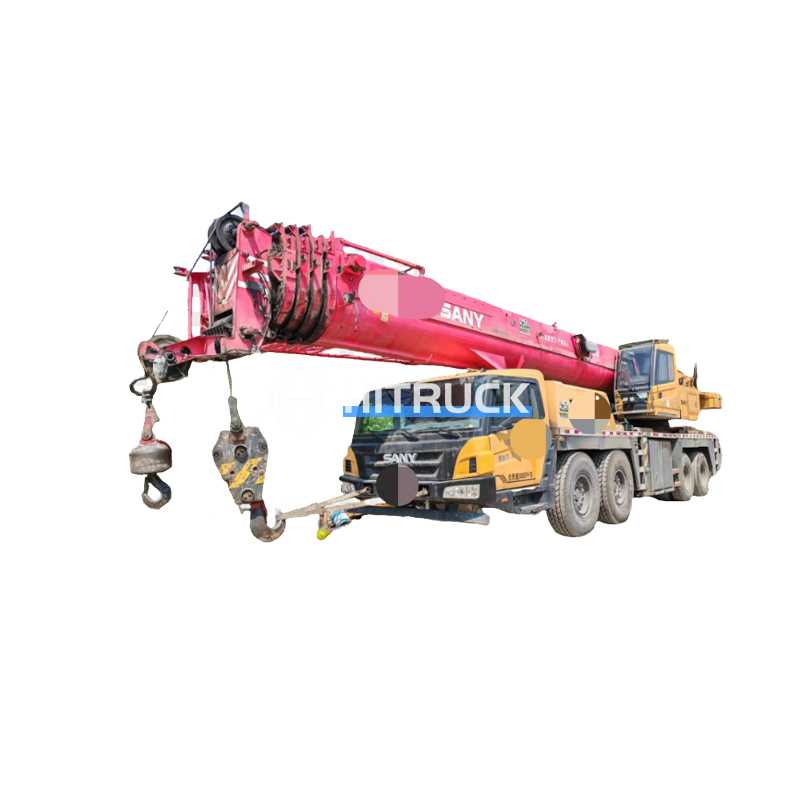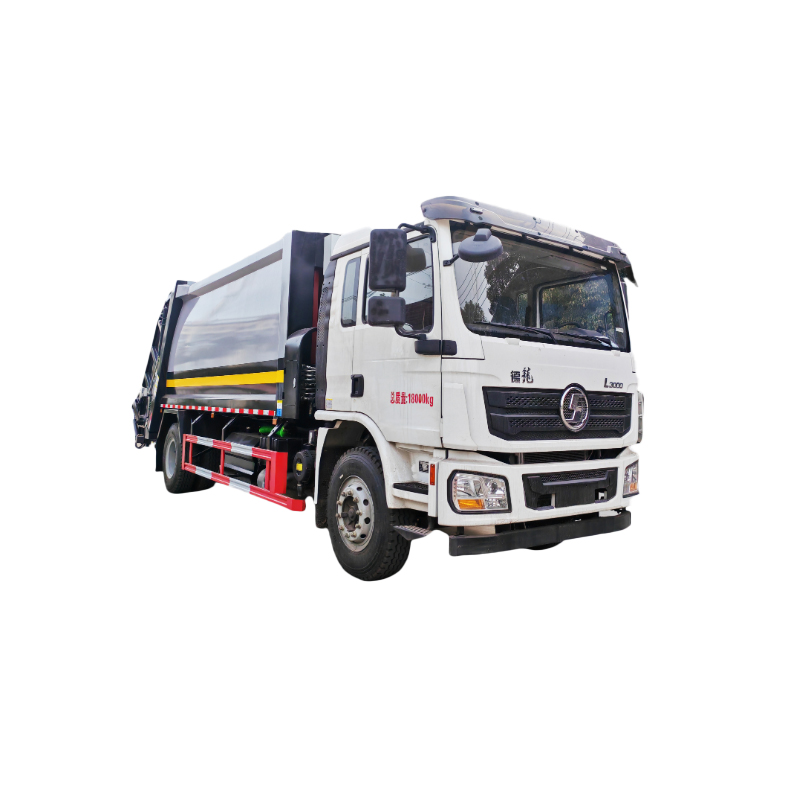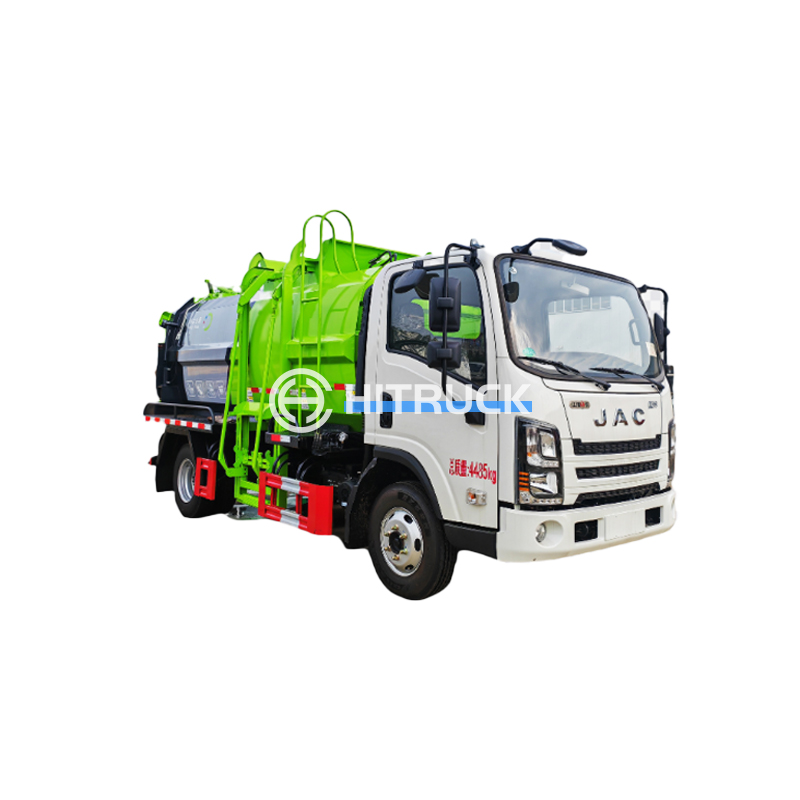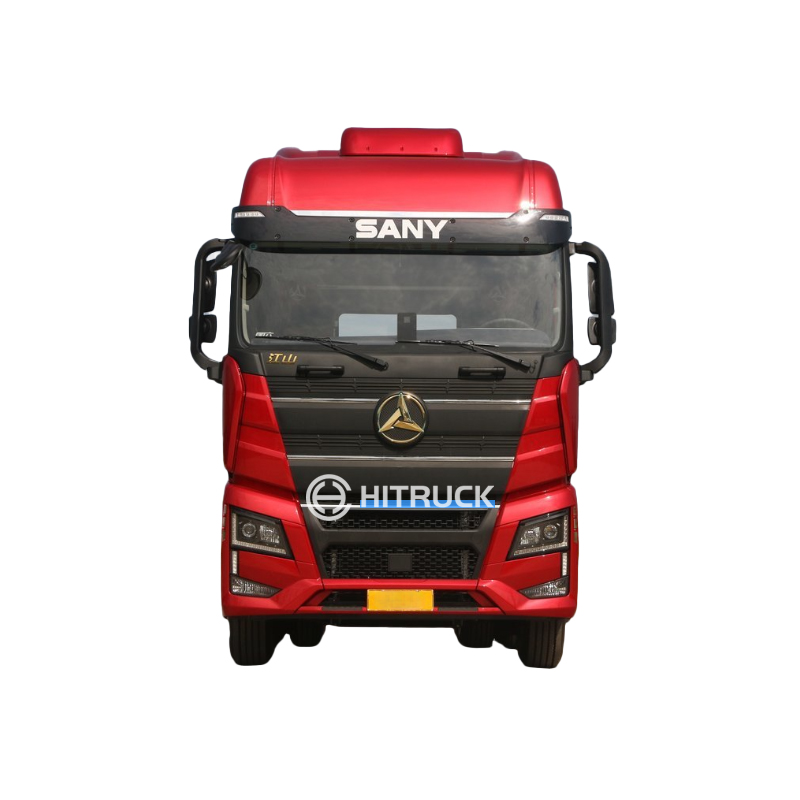This guide provides a detailed overview of 300 ton mobile cranes, covering their capabilities, applications, safety considerations, and factors to consider when selecting the right crane for your heavy lifting needs. We explore different crane types, maintenance requirements, and the crucial role of experienced operators in ensuring safe and efficient operations.
A 300 ton mobile crane boasts impressive lifting capabilities, capable of handling extremely heavy loads. The exact lifting capacity and maximum reach will vary depending on the specific crane model, boom configuration, and counterweight used. Always consult the manufacturer's specifications for precise details. Factors influencing reach include the length of the main boom and the use of jib extensions. Longer booms allow for greater reach but may reduce lifting capacity at maximum extension. Understanding these limitations is crucial for safe operation.
Several types of cranes fall into the 300 ton mobile crane category. These can include all-terrain cranes, rough-terrain cranes, and crawler cranes, each with its own unique characteristics and suitability for different terrains and applications. All-terrain cranes offer excellent maneuverability on paved surfaces, while rough-terrain cranes excel in uneven or off-road conditions. Crawler cranes, with their tracked undercarriage, provide exceptional stability for heavy lifting operations on challenging terrain. The choice depends heavily on the specific job requirements.
300 ton mobile cranes are indispensable in large-scale construction and infrastructure projects. They are frequently used for lifting heavy components such as prefabricated sections, bridge beams, and other structural elements. Their high lifting capacity makes them suitable for erecting tall buildings, constructing bridges, and installing large industrial equipment. Proper planning and risk assessment are essential in these high-stakes environments.
In industrial and manufacturing facilities, 300 ton mobile cranes play a critical role in handling heavy machinery, large components, and raw materials. Their ability to lift and move heavy loads efficiently contributes to streamlined production processes. This includes industries like power generation, shipbuilding, and heavy equipment manufacturing where precision and power are paramount.
Beyond construction and industrial settings, 300 ton mobile cranes find applications in specialized areas like wind turbine installation, heavy-lift transportation, and emergency rescue operations. These applications often require specialized equipment and highly skilled operators, emphasizing the importance of safety protocols and regulatory compliance.
Operating a 300 ton mobile crane demands extensive training and certification. Operators must possess a thorough understanding of crane mechanics, safety regulations, and emergency procedures. Regular training and competency assessments are essential to maintain operator proficiency and reduce the risk of accidents. Never compromise on operator training; it's the cornerstone of safe operation.
Regular inspections and preventative maintenance are crucial for ensuring the safe and reliable operation of a 300 ton mobile crane. This includes checking critical components such as the hoisting mechanism, brakes, and structural integrity. A well-maintained crane is less likely to experience malfunctions, minimizing the risk of accidents and ensuring optimal performance. Adherence to manufacturer's recommended maintenance schedules is paramount.
Implementing robust site safety procedures is critical when working with a 300 ton mobile crane. This involves establishing clear communication protocols, designating safe working zones, and implementing load-bearing capacity checks. Rigorous adherence to safety standards ensures a safe working environment for all personnel involved in the lifting operation. Prioritizing safety is never optional.
Choosing the appropriate 300 ton mobile crane requires careful consideration of several factors. These include the specific lifting requirements, the terrain conditions, the required reach, and the availability of skilled operators. It's recommended to consult with crane rental companies or manufacturers to determine the most suitable crane for your specific needs. Consider factors such as operating costs, maintenance requirements, and long-term value.
For more information on heavy equipment, including cranes and other specialized machinery, visit Suizhou Haicang Automobile sales Co., LTD. They offer a wide range of options to meet your heavy lifting needs.

